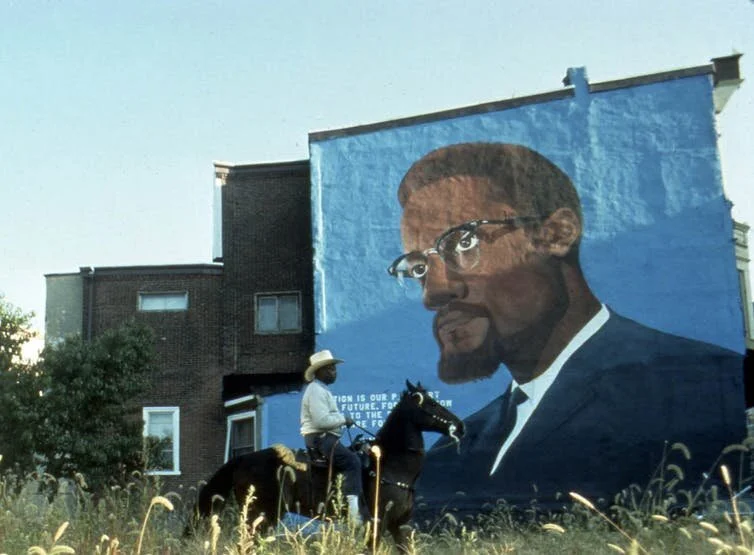Emmett Till Bullet-Proof Memorial with Surveillance Cameras Opens in Mississippi
/The sordid, scarred American story of Emmett Till’s lynching in Tallahatchie County, Mississippi opened a new chapter on Saturday, with the installation of a bullet-proof memorial for the civil rights martyr. Members of Till’s family gathered at Graball Landing, the spot where the pummeled and brutalized, horrifically-disfigured body of the 14-year-old Chicago boy was pulled from the Tallahatchie River after his murder in 1955.
The staggeringly-brutal attack was the result of Till allegedly offending a white woman Carolyn Bryant in her family’s grocery store. Decades later, Bryant disclosed that she had fabricated part of the testimony regarding her interaction with Till, specifically the portion where she accused Till of grabbing her waist and uttering obscenities; "that part's not true.”
Till’s murderers led by Roy Bryant, husband to Carolyn Bryant, and J.W. Milam were absolved of all crimes by what can only be described as a kangaroo court, adding fuel to the historic event largely seen as the catalyst for the Civil Rights Movement.
From left to right, Ole Miss students Ben LeClere, John Howe, and Howell Logan posing with guns by the bullet-ridden plaque marking the place where the body of murdered civil rights icon Emmett Till was pulled from the Tallahatchie River. The photo was posted to LeClere’s Instagram account in March.
White southern males have continued their effort to destroy Emmett Till and dishonor his memory by regularly shooting up the local commemoration memorial erected as a marker of one of America’s saddest and most dishonorable events in our racial hatred-fraught historical narrative.
Speaking at the unveiling of the new, bullet-proof memorial on Saturday, Reverend Willie Williams, co-director of the Emmett Till Memorial Commission, which advocated for the new marker said “This marker answers the question as to what we do with our history. Do we learn from it? Do we use it to help our society have greater respect for humanity? This answers that.”
Unlike previous markers placed near the location, the new metallic, heavy-weight commemorative memorial will be located behind a gate and placed under the watch of surveillance cameras, according to the memorial commission.
Remembering Emmett Till Book
On May 15, 2019, Remembering Emmett Till by Dave Tell of the University of Kansas was published by the University of Chicago Press. The book is the product of both publicly engaged scholarship—the Emmett Till Memory Project (ETMP)—and years of research and writing supported in part by the National Endowment for the Humanities. Tell’s experience shows how public engagement and publishing can go hand in hand.
The publicly engaged project, which Tell embarked upon in collaboration with the Emmett Till Memorial Commission of Tallahatchie County, Inc (ETMC) has worked to create a “vandal-proof” way of marking Till’s story, according to Tell. “After Emmett Till was killed in 1955, 49 years and 11 months passed without a single marker erected in his memory in the state of Mississippi,” Tell explains. “In late 2005, the ETMC was formed to create the state’s first commemorative infrastructure. They began putting up signs in 2008 and were quickly confronted with a problem: vandalism. Two roadside markers had been stolen; two others were filled with bullet holes, another was spray-painted with the letters “KKK,” and, as recently as July 2017, Emmett Till’s marker on the Mississippi Freedom Trail was defaced with acid. Eventually, the vandalism would become national news; in 2014 it seemed like the commission and a few stray scholars were the only ones who cared.”
2017 Whitney Biennial
In 2017 at the Whitney Biennial in Manhattan, a painting of Emmett Till by white woman artist Dana Schutz drew the furor of black activists in what became a large public protest and discussion that spilled beyond the art community. AOC followed the details of that intensely emotional dispute that signaled a new opportunity for intense dialogue around race in America in a community of so-called like-minded people.
Related: Emmett Till’s Murder, and How America Remembers Its Darkest Moments Feb. 20, 2019 New York Times







































